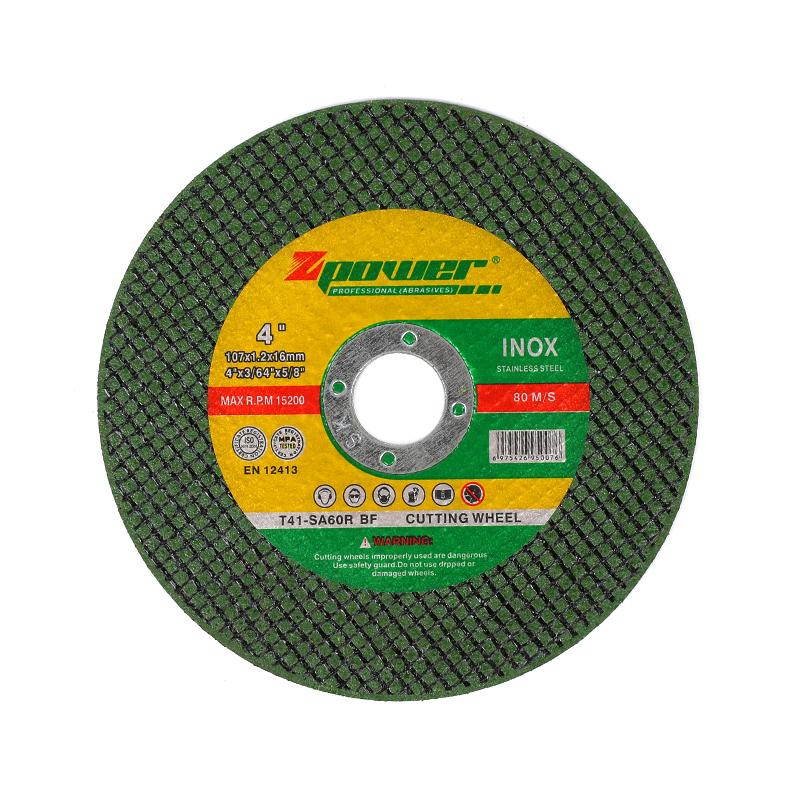In steel processing, the choice of abrasive tools greatly influences the quality and efficiency of the final product. Among these tools, the alumina grinding wheel stands out for its ability to handle the demanding requirements of steel fabrication and finishing. Its abrasive properties and durability make it a reliable option for many metalworking operations.
The alumina grinding wheel is primarily composed of aluminum oxide, which is well-suited for grinding ferrous metals such as steel. Due to the hardness and toughness of steel, it requires a grinding wheel that can maintain cutting performance without wearing down quickly. The aluminum oxide grains in the wheel provide this balance, ensuring consistent grinding action over extended periods.
During steel fabrication, the alumina grinding wheel is used for various tasks such as removing weld spatter, shaping metal edges, and surface preparation. These processes demand a grinding wheel that can effectively remove material while minimizing surface damage. The structure of the alumina grinding wheel allows for aggressive cutting while still producing a smooth finish, which is essential for downstream operations like painting or coating.
One of the notable characteristics of the alumina grinding wheel is its ability to resist glazing. Glazing occurs when the abrasive grains become dull and the wheel surface smooths out, reducing cutting efficiency. The alumina wheel’s grain and bond structure help prevent this issue by constantly exposing fresh abrasive particles during use. This feature helps maintain grinding consistency when working on hard metals like steel.
The versatility of the alumina grinding wheel is enhanced by the variety of grit sizes available. Coarser grits are suitable for rapid material removal in rough grinding, while finer grits enable precision finishing on steel components. Manufacturers and operators can select the appropriate grit size based on the specific stage of processing, optimizing both speed and quality.
Safety considerations are also important when using the alumina grinding wheel in steel processing environments. Proper mounting and use of protective equipment reduce the risks associated with high-speed grinding. Additionally, inspecting the wheel regularly for cracks or wear ensures operational safety and helps avoid unexpected failures during critical tasks.
Another factor influencing the performance of the alumina grinding wheel in steelworking is the operating speed. Running the wheel at the recommended speed not only ensures effective grinding but also extends the wheel’s lifespan. Exceeding these limits may cause excessive heat generation, potentially damaging both the wheel and the workpiece.
Maintenance practices, such as dressing the alumina grinding wheel, contribute significantly to maintaining its efficiency. Dressing removes clogged material and reshapes the wheel, allowing it to continue cutting effectively. This is especially important when grinding steel, where surface debris can accumulate quickly.
The use of coolant during grinding with an alumina grinding wheel is common in steel processing. Coolants help reduce heat buildup, which can alter the metallurgical properties of the steel. They also minimize dust and improve operator comfort. Choosing the right coolant and applying it correctly is part of ensuring a smooth grinding operation.
The alumina grinding wheel plays a crucial role in steel fabrication by providing durable and effective abrasive action. Its material composition, resistance to glazing, and versatility in grit sizes make it suitable for a wide range of grinding tasks in steel processing. By understanding the specific requirements of steelworking and using the alumina grinding wheel accordingly, businesses can maintain consistent quality and operational efficiency.
